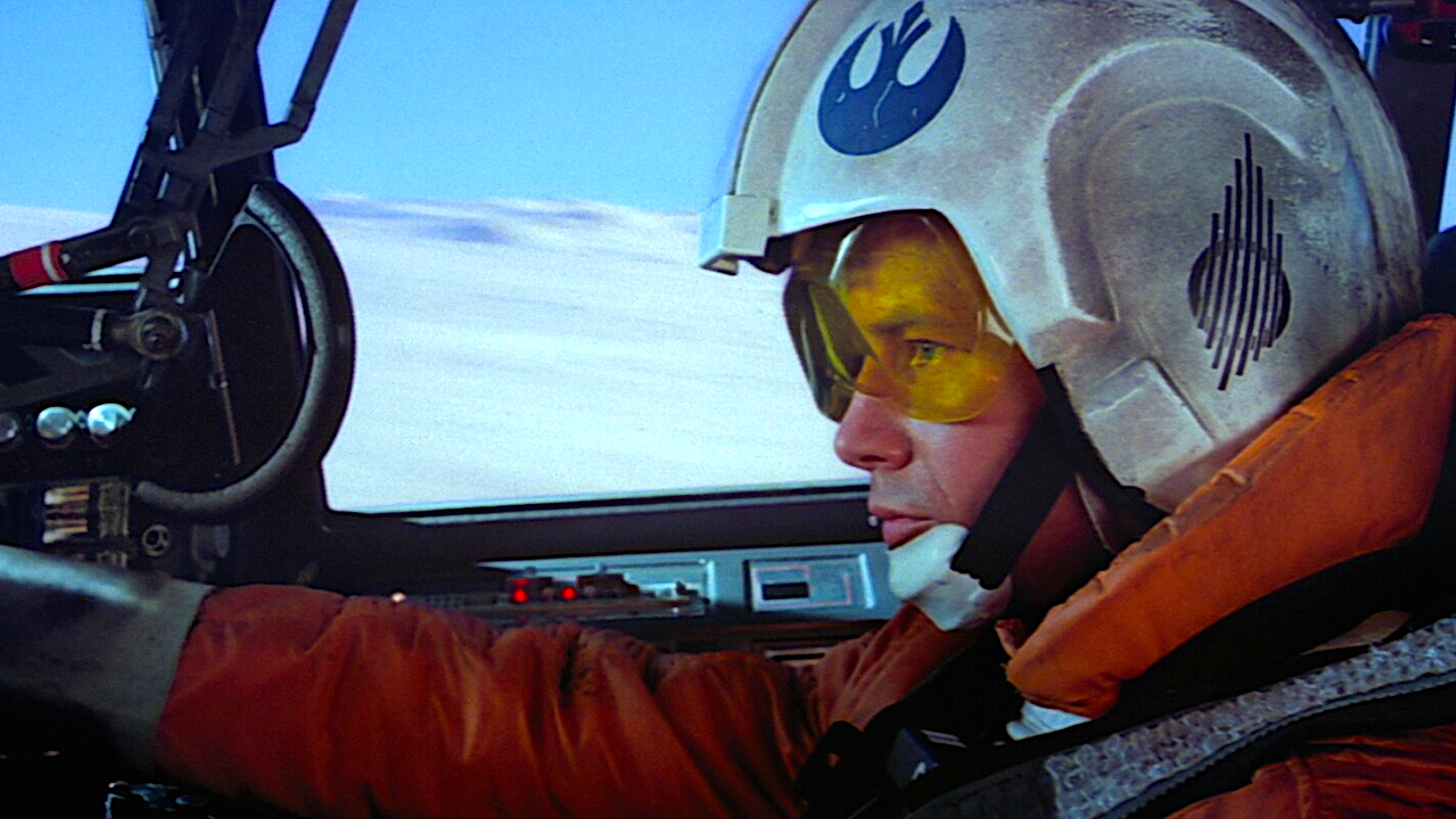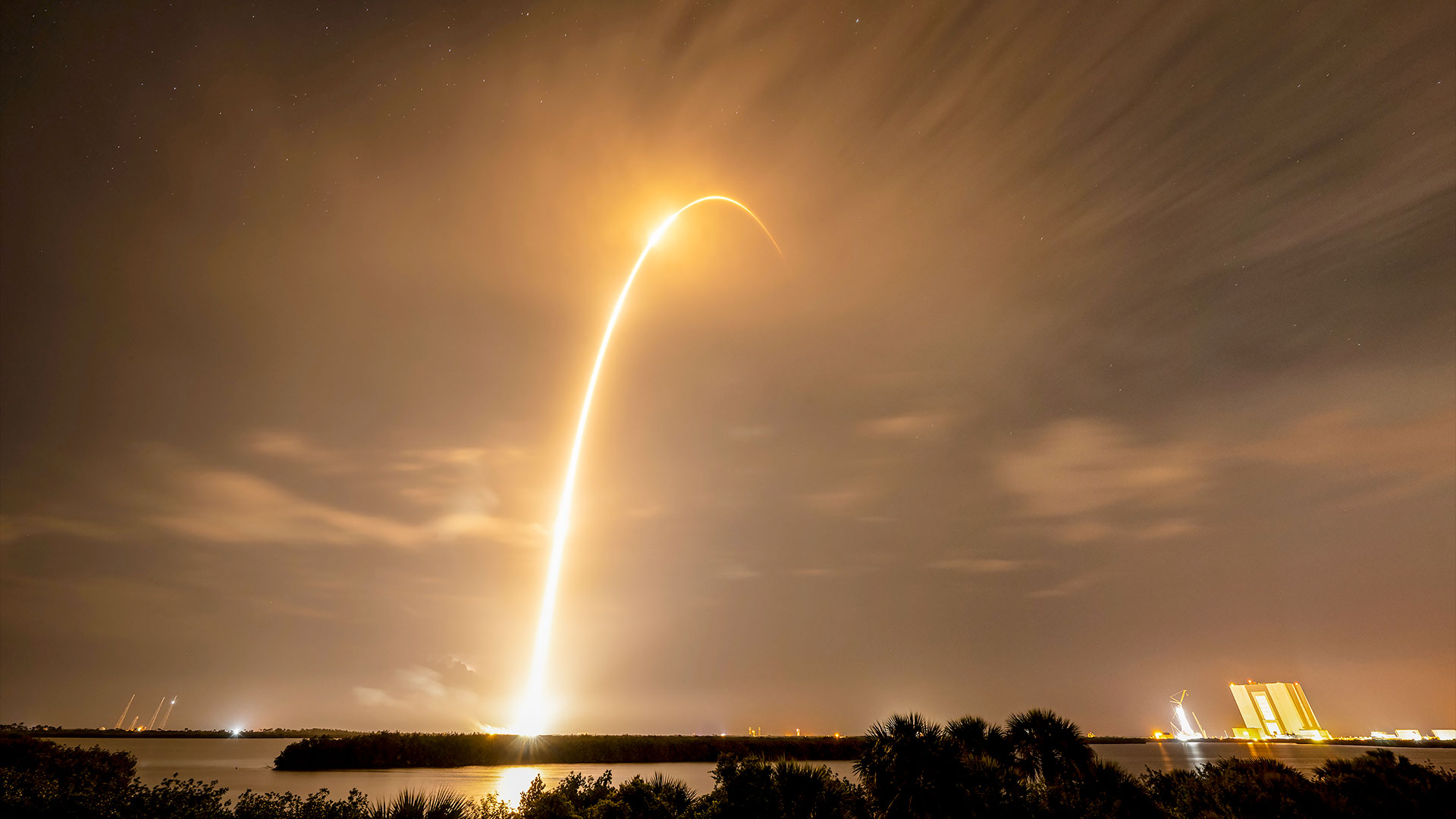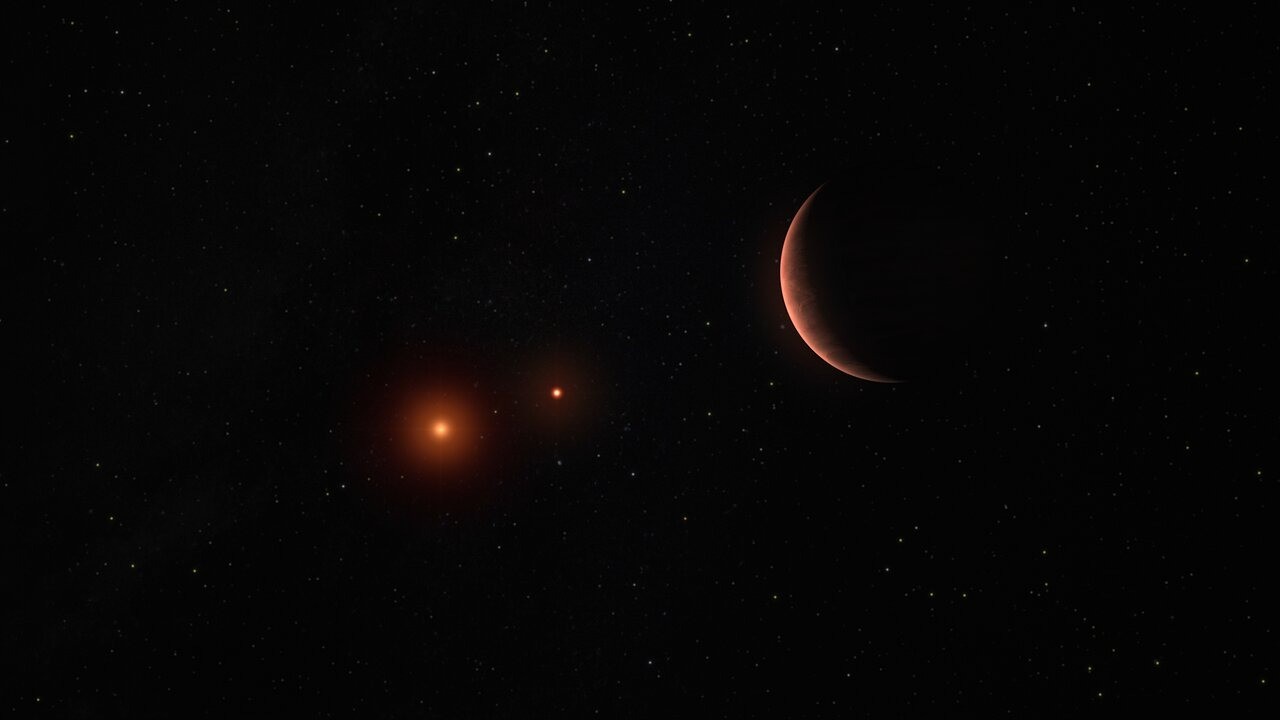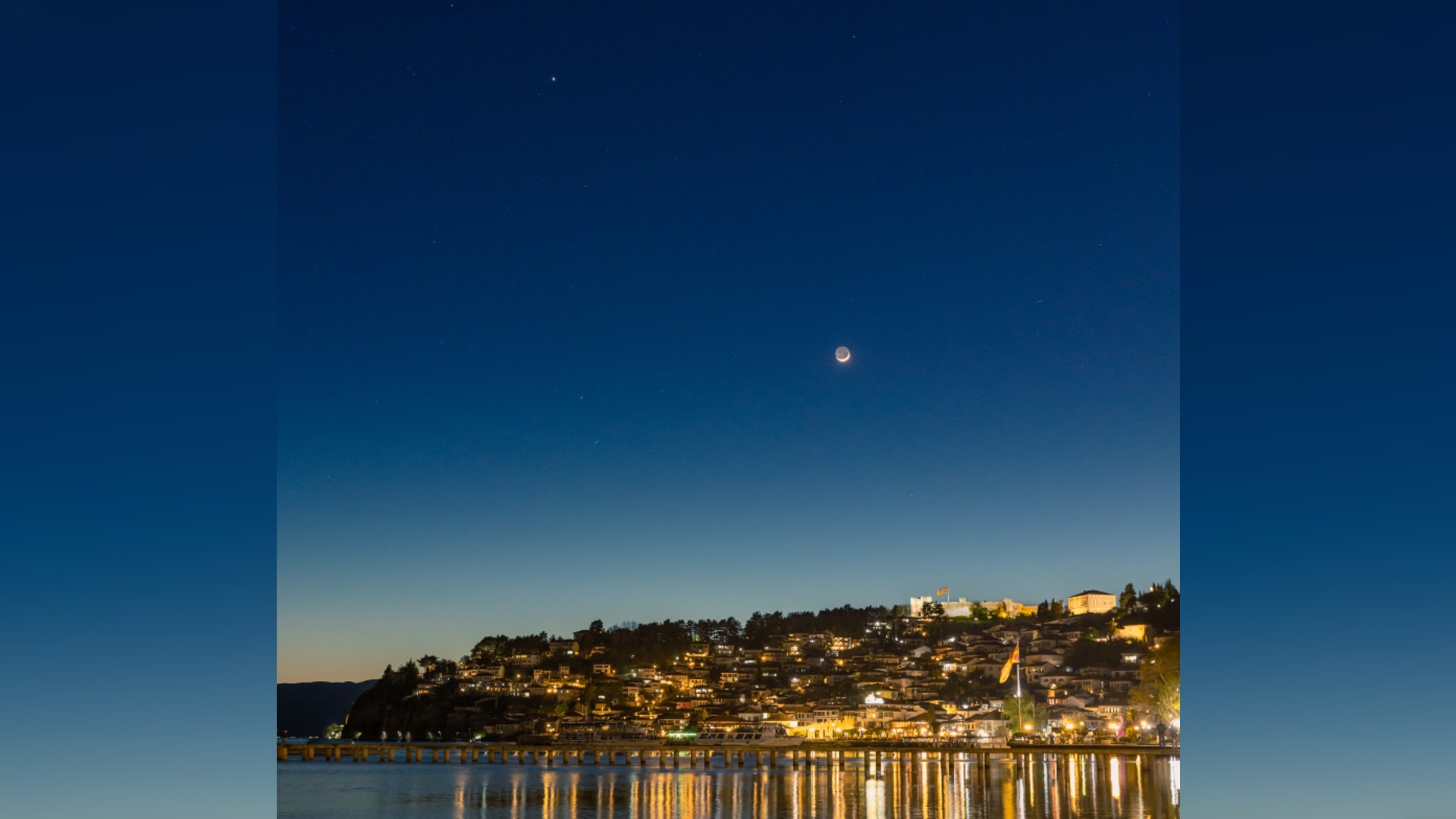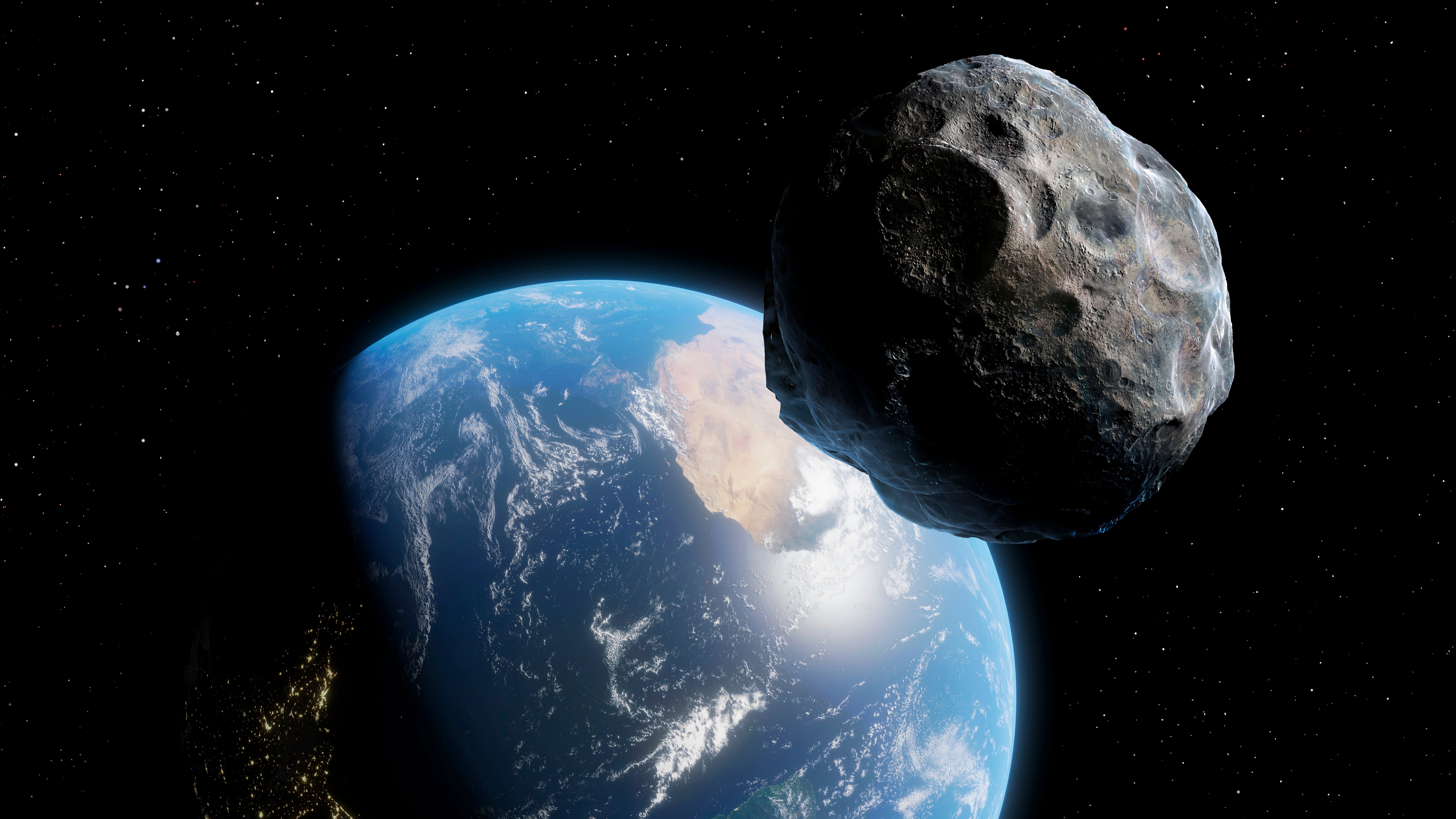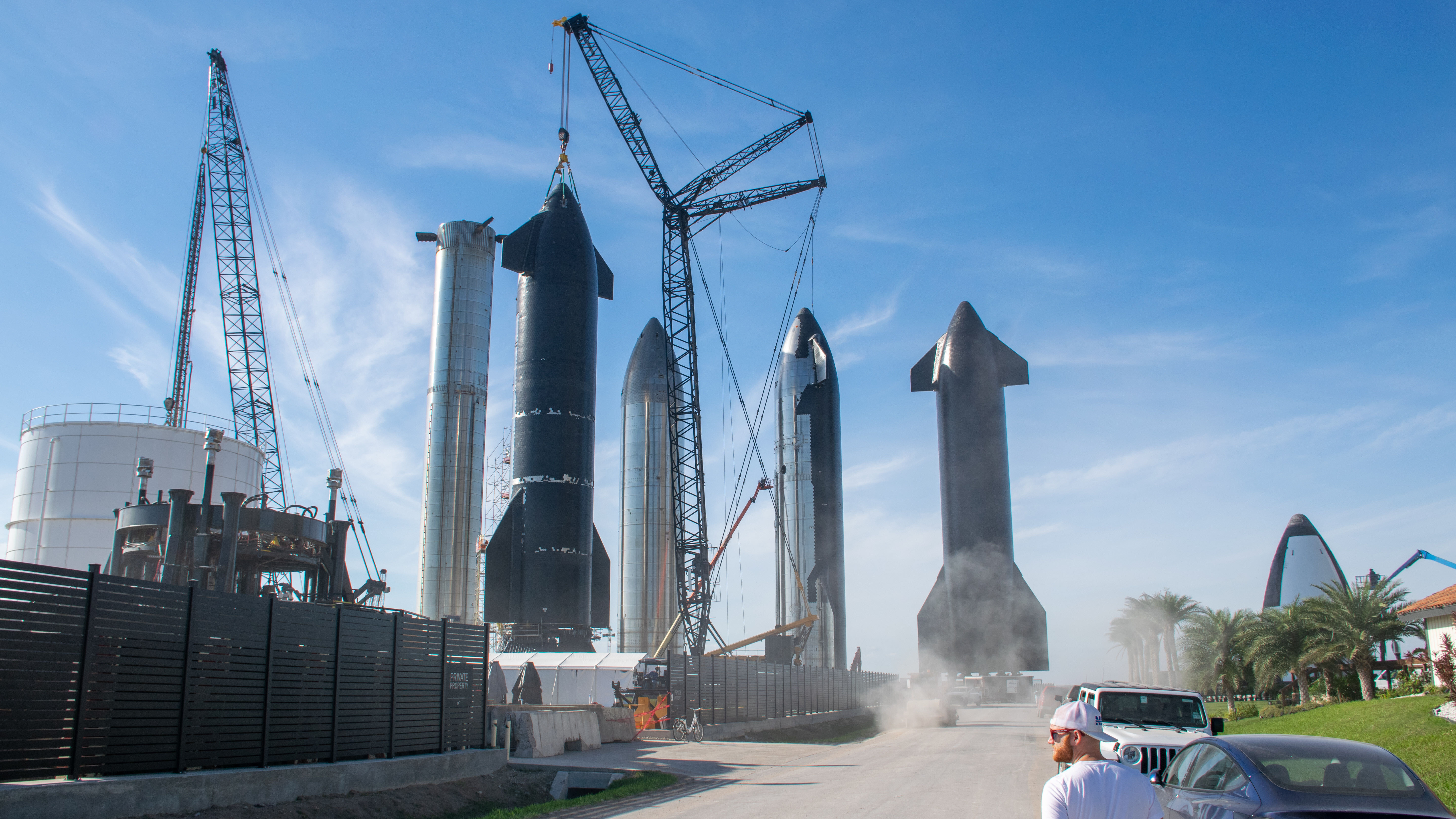
China's space station experiments are back on Earth
Shenzhou-18 taikonauts returned with some science onboard.
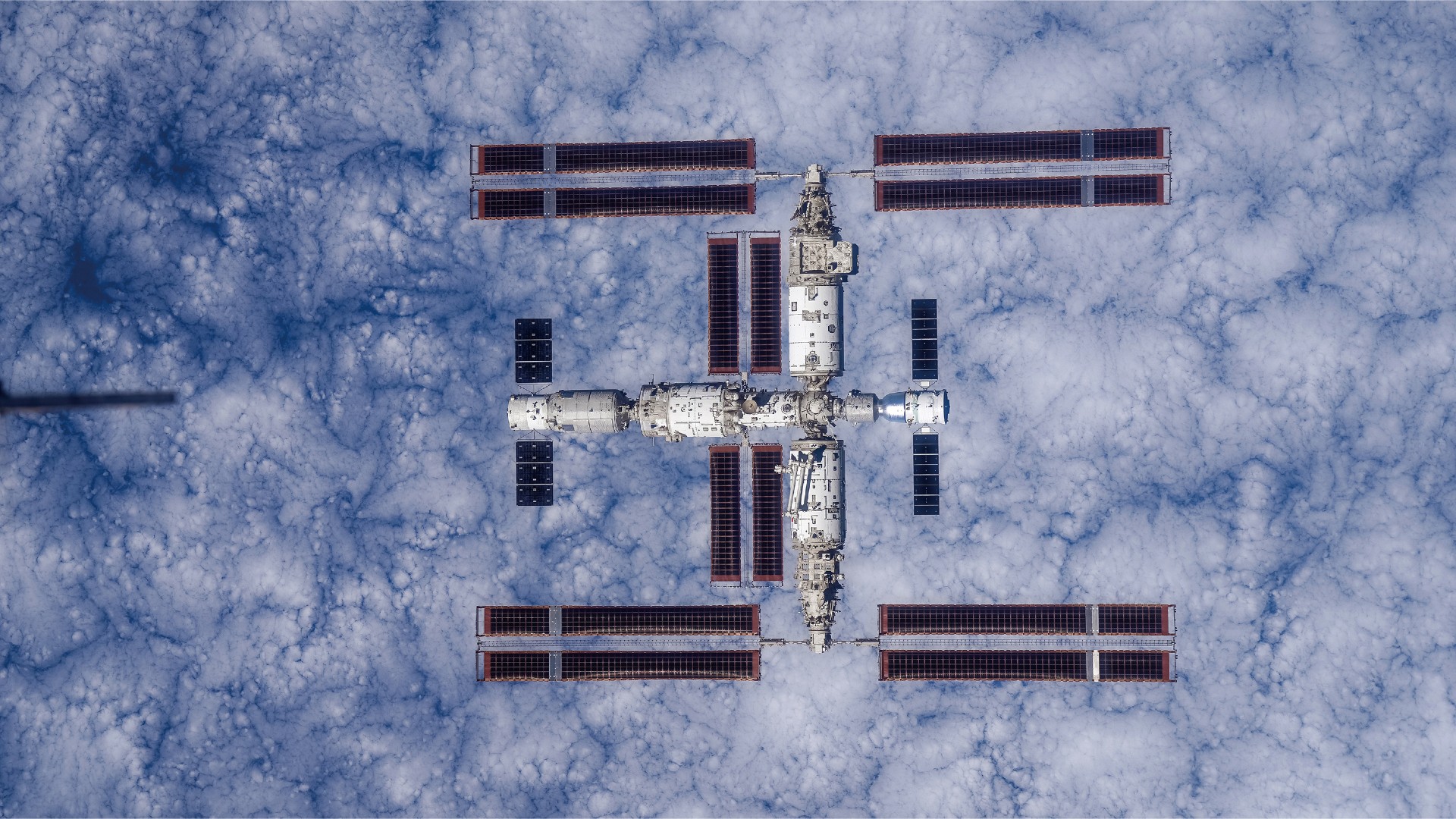
Space specialists in China have begun to assess experiment samples brought back by the Shenzhou-18 crew that touched down Nov. 4 in north China’s Inner Mongolia Autonomous Region.
Ye Guangfu, Li Cong and Li Guangsu parachuted back to Earth after their six-month stay in the country’s Tiangong space station. The Shenzhou-18 crew conducted some 90 experiments and tests in the fields of material science, life science, medicine, space technology and the basic physics in microgravity.
According to China Central Television (CCTV), the space trio brought back 55 categories of scientific experiment samples, involving 28 subjects in space life sciences, space materials sciences, microgravity combustion science and other fields. The samples weigh over 75 pounds (34.6 kilograms) in total.
Sample categories
On Monday morning, the life science experiment samples of 24 categories were transported to the Space Application Center of the Chinese Academy of Sciences in Beijing.
Related: China's Shenzhou 18 astronauts return to Earth after 6 months in space (video)
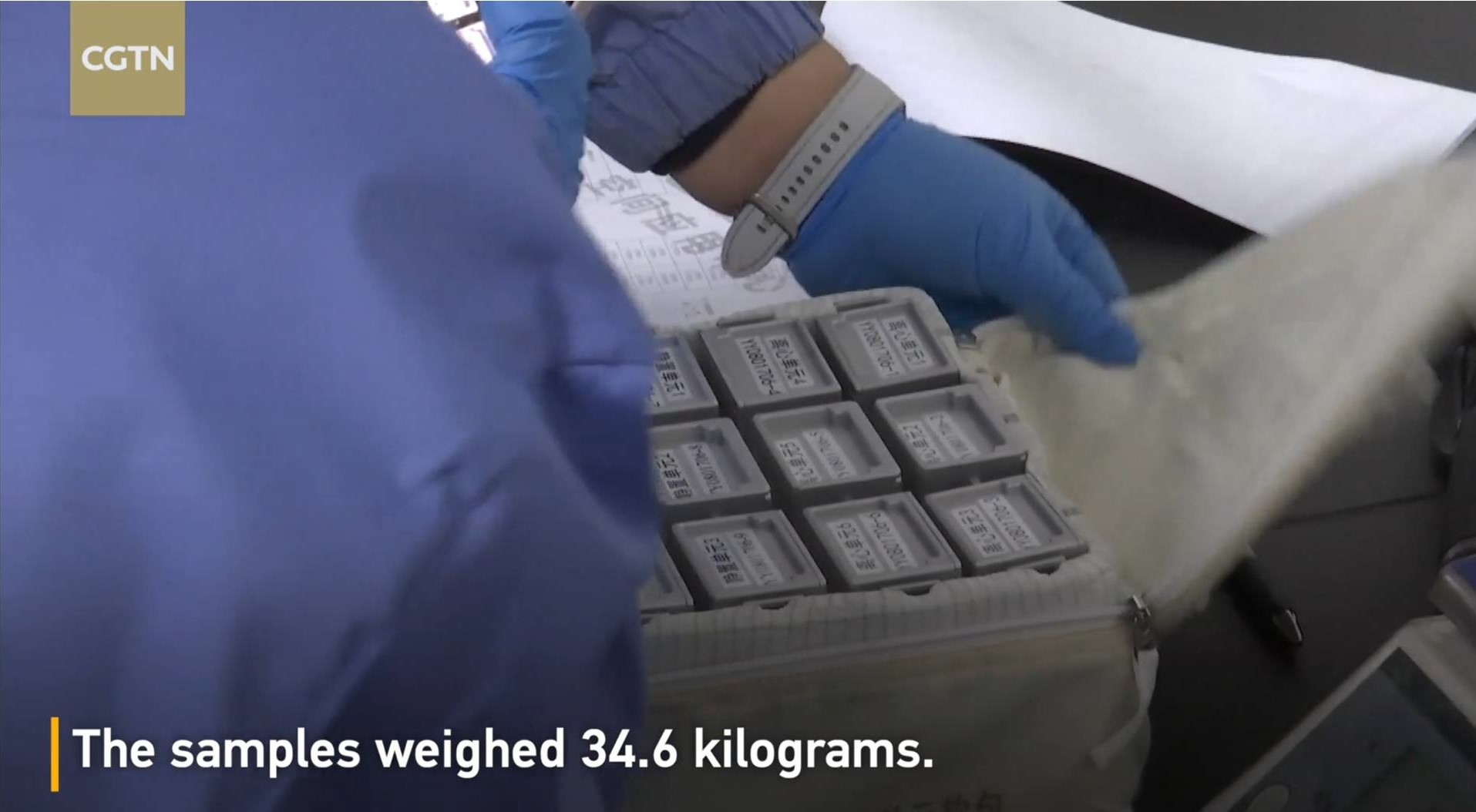
Space exposure
Zhang Gaosen, associate researcher at the Northwest Institute of Eco-Environment and Resources, Chinese Academy of Sciences told CCTV:
“Our extreme-environment microbial samples were mainly exposed outside the cabin in the space, just to get closer to the real space environment. The samples were exposed outside the cabin for six months.”
Get the Space.com Newsletter
Breaking space news, the latest updates on rocket launches, skywatching events and more!
Zhang said researchers want to compare the results with the last batch of samples which survived a three-month extravehicular exposure to determine how long their survival limit is in the space environment.
Blades, lasers, catalysts
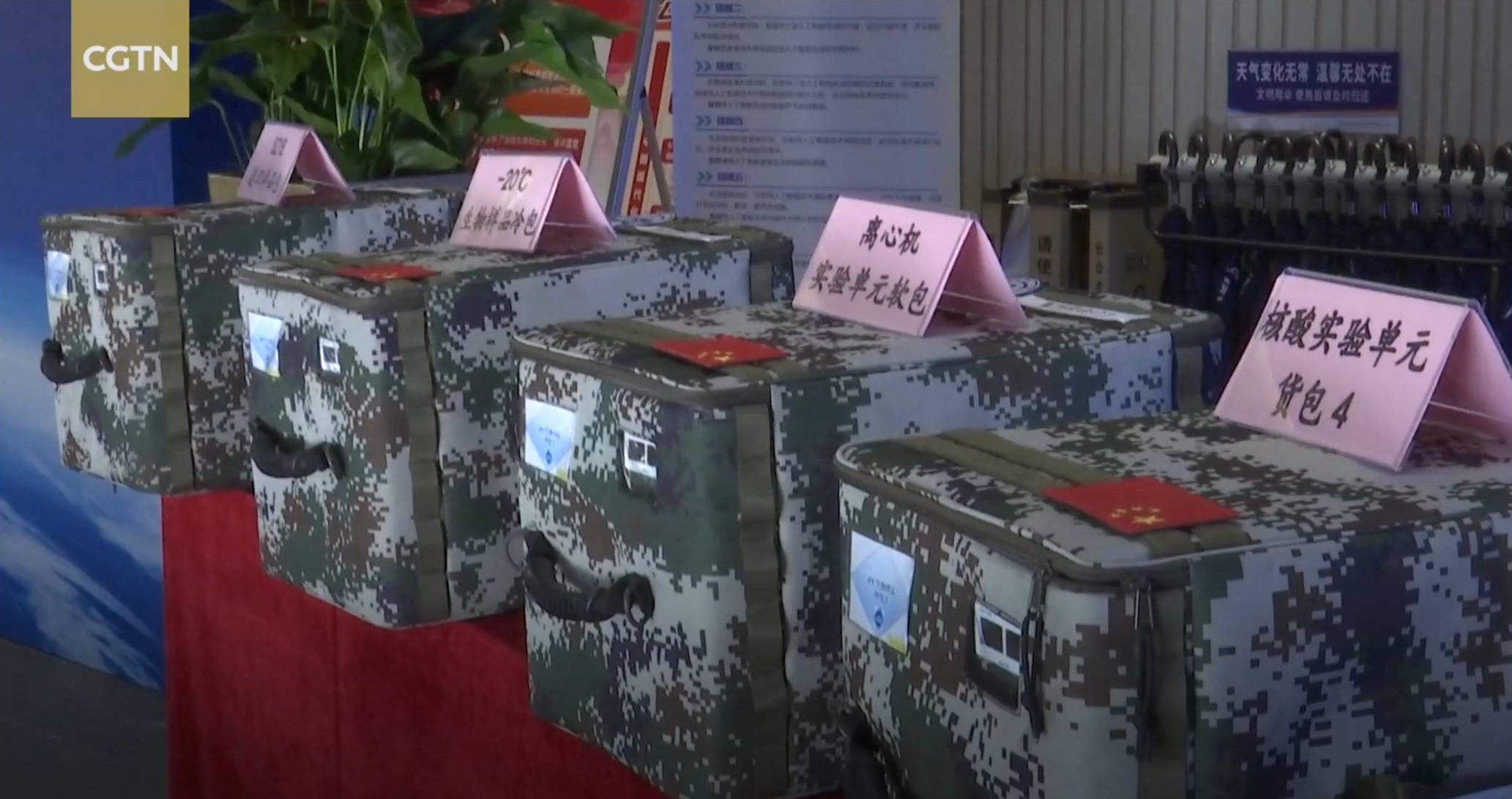
The returned-from-space material and combustion samples are being transported to Beijing along with the return capsule of Shenzhou-18.
There are 30 categories of material samples including composite lubricating materials, optical fibers and optical films.
“The research results of these samples will provide important technical support for the preparation and application of materials in the fields of next-generation aero-engine turbine blades, fiber lasers for space, miniaturized high-sensitivity catalysts, and precision medical repair,” said Ma Ping, deputy chief designer of the Space Application Engineering and Technology Center of the Chinese Academy of Sciences.
Zebrafish and hornwort
Tao Yi, senior engineer at the Shanghai Institute of Technical Physics, Chinese Academy of Sciences, added that what was conducted in orbit mainly were to collect fish egg boxes and water samples in the early stage.
“We sampled water three times in total, respectively on the 10th, 20th and 30th day (from the beginning of the experiment), and replace the fish food boxes in the middle stage,” Tao said. “Next, we will study the physical and chemical properties of the collected water samples to explore the law for stable operation of the binary system composed of zebrafish and hornwort.”
There are 24 categories of life science samples, including zebrafish culture medium, amino acids, and radiation-resistant microorganisms.
The zebrafish culture medium focuses on the study of the substance circulation mechanism of aquatic ecosystems in space environment, so as to provide theoretical support for the construction of complex ecosystems in long-term stable operation in space, reports CCTV.
New station crew
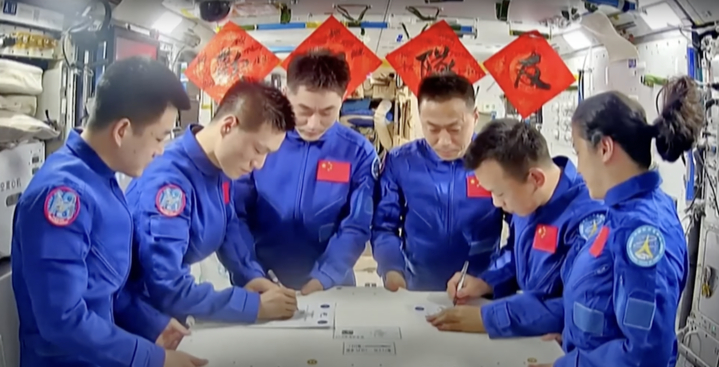
Meanwhile, the newly arrived Shenzhou-19 crew onboard the Tiangong orbiting outpost — Cai Xuzhe, Song Lingdong and Wang Haoze — marks the fourth piloted flight in the application and development phase of China’s space station, and is the 33rd flight of China’s human spaceflight program.
The Shenzhou-19 crew successfully joined the Shenzhou-18 crew within the space station on Oct. 30.
Crew members Song and Wang are on their first spaceflight mission. Cai was on board the Tiangong space station as part of the Shenzhou-14 mission in 2022. With this mission underway, Cai set a new record for the shortest interval between two spaceflights for Chinese astronauts.
Wang is a female space flight engineer and the third Chinese woman to take part in a crewed spaceflight mission.
Join our Space Forums to keep talking space on the latest missions, night sky and more! And if you have a news tip, correction or comment, let us know at: community@space.com.

Leonard David is an award-winning space journalist who has been reporting on space activities for more than 50 years. Currently writing as Space.com's Space Insider Columnist among his other projects, Leonard has authored numerous books on space exploration, Mars missions and more, with his latest being "Moon Rush: The New Space Race" published in 2019 by National Geographic. He also wrote "Mars: Our Future on the Red Planet" released in 2016 by National Geographic. Leonard has served as a correspondent for SpaceNews, Scientific American and Aerospace America for the AIAA. He has received many awards, including the first Ordway Award for Sustained Excellence in Spaceflight History in 2015 at the AAS Wernher von Braun Memorial Symposium. You can find out Leonard's latest project at his website and on Twitter.
